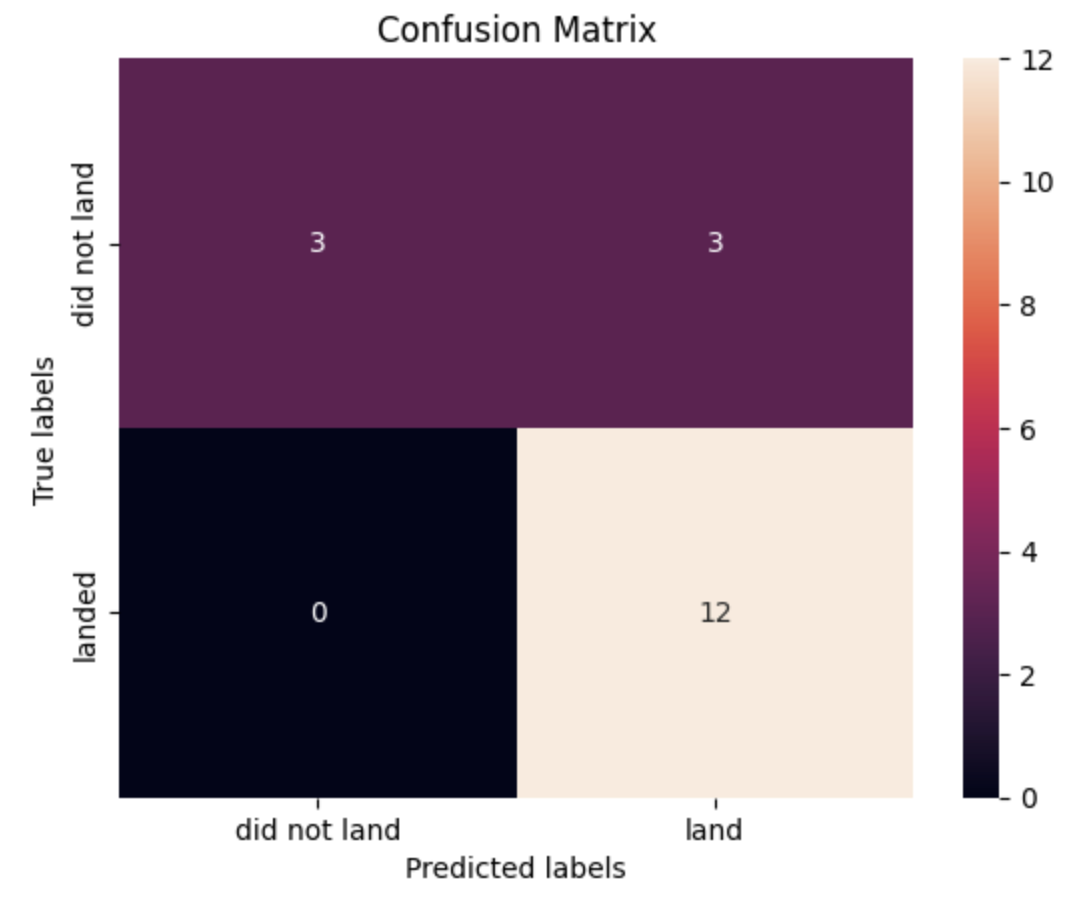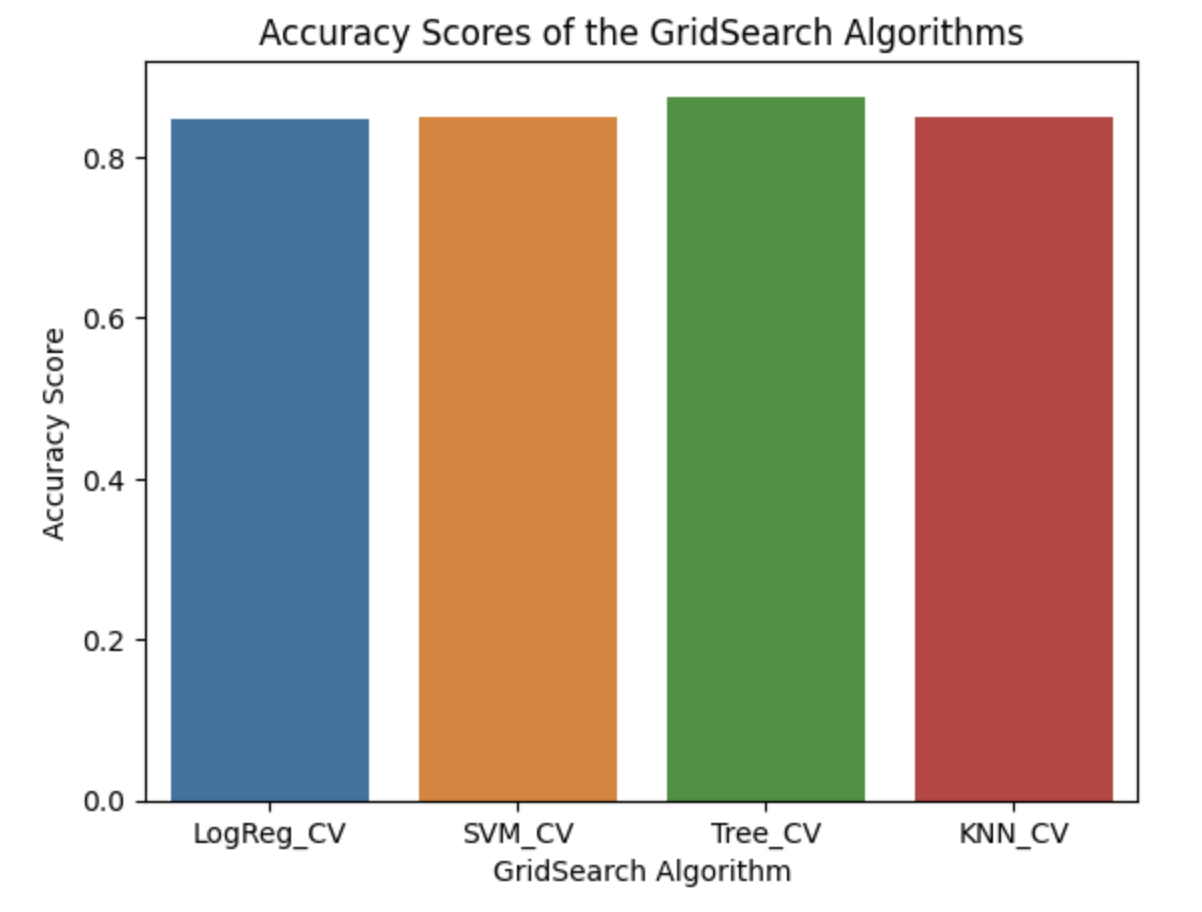Richard Wicaksono

5+ years of experience in programming and data management. I coded in Python, Java, C++, HTML/CSS, SQL, PHP, and JavaScript. Conducted internships at PT. HK Metals Utama Tbk as a Data Analyst intern and Zi.Care as a Quality Assurance intern.
Currently a Data Conversion Engineer at Nelnet, Inc., creating and developing existing SQL scripts to improve work efficiency and automation. Outside programming, my hobbies include watching and playing soccer, basketball, and badminton.
View My LinkedIn Profile
SpaceX Machine Learning
This was part of the Applied Data Science Capstone final project included in the course in Coursera’s IBM Data Science Professional Certificate program. Developed in Python.
Project Details
This project was a part of the 8-series sections of the Applied Data Science Capstone course by IBM.
The objectives of this project are to:
- Perform Exploratory Data Analysis and determine training labels
- Create a column for the class
- Standardize the data
- Split into training data and test data
- Find the best hyperparameter for Logistic Regression, SVM, Decision Tree Classifier, and KNN
- Find the method that performs best using test data
Project Outcome
Confusion Matrix

Confusion matrix for the logistic regression model. Examining the confusion matrix, we see that logistic regression can distinguish between the different classes. We see that the major problem is false positives.

Confusion matrix for the SVM.

Confusion matrix for the Decision Tree Classifier.

Confusion matrix for the KNN.
According to all the confusion matrices, all models produced the same result; their primary problem is false positives. That is, they predicted that the first stage of the rocket launch would land when, in fact, it did not.
Hyperparameter Tuning

Before hyperparameter tuning, all GridSearch algorithms were 83.3% accurate.

After hyperparameter tuning, each GridSearch algorithm’s accuracy improved by at least 1%. The Decision Tree Classifier model improved the most, having its accuracy enhanced by 4.2%.
From this project, it was concluded that the Decision Tree Classifier was the most accurate predictive model, yielding an 87.5% in accuracy.
Please click on the buttons below for the full capstone presentation and the Jupyter notebook for this project.